- The Yarlung Zangbo River is like a treasure house given by God, with huge hydropower resources
- In the future, the power generation capacity of hydropower stations on the Brahmaputra River will be equivalent to three Three Gorges Dams
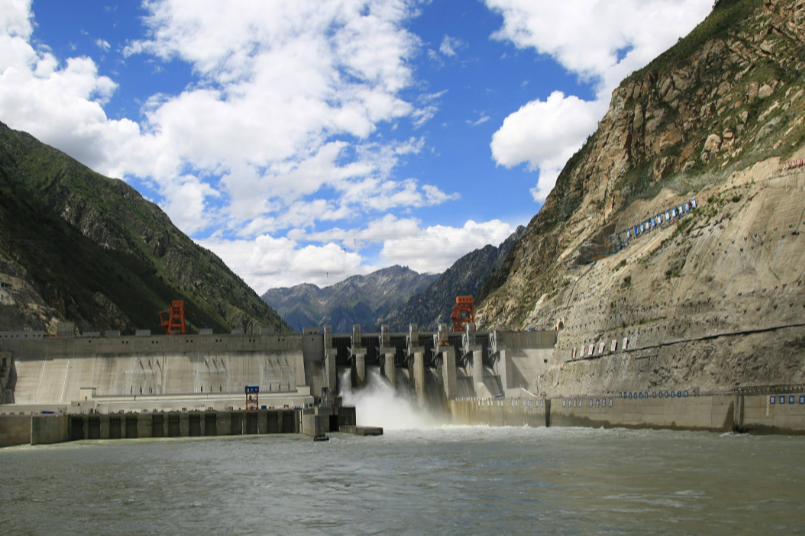
China's 14th Five-Year Plan and the long-term goal of 2035 proposed to build a super hydropower station on the Yarlung Zangbo River. After the completion of this hydropower station, the power generation capacity will reach 3 to 5 times that of the Three Gorges Hydropower Station. If a single hydropower station is built, its installed capacity will exceed 44 million kilowatts, and if it adopts a multi-level power station model like the Dayinga Hydropower Station on the Congo River in Africa, its installed capacity will reach nearly 70 million kilowatts. If a multi-level power station design is adopted, a large number of supporting facilities will also be built, and the cost of the hydropower station project will be very high. It is initially estimated that the cost of the first phase of the project will exceed 500 billion yuan, and the investment in the entire project may exceed 1 trillion yuan.
Site Selection for Brahmaputra Super Hydropower Station
The Yarlung Zangbo River has a total length of 2,057 kilometers. Its long-term water has washed out the largest canyon in the world-the Yarlung Zangbo Grand Canyon. Its drop reaches an astonishing 5,435 meters, making it the largest river in the world. The Yarlung Zangbo River is the river with the most abundant water energy resources in Tibet. The theoretical natural water energy reserves of its main stream and five major tributaries are 113 million kilowatts, second only to the Yangtze River Basin, accounting for 56.22% of Tibet's theoretical water energy reserves, of which the exploitable amount is 48.3714 million kilowatts, accounting for 80.96% of the domestic developable capacity. The topography of the Yarlung Zangbo River Canyon is suitable for building dams to hold back floods and store water. The Yarlung Zangbo Grand Canyon has the largest water energy reserves, with a theoretical water energy reserve of 55.76 million kilowatts, accounting for more than 25% of Tibet's total water energy theoretical reserves.
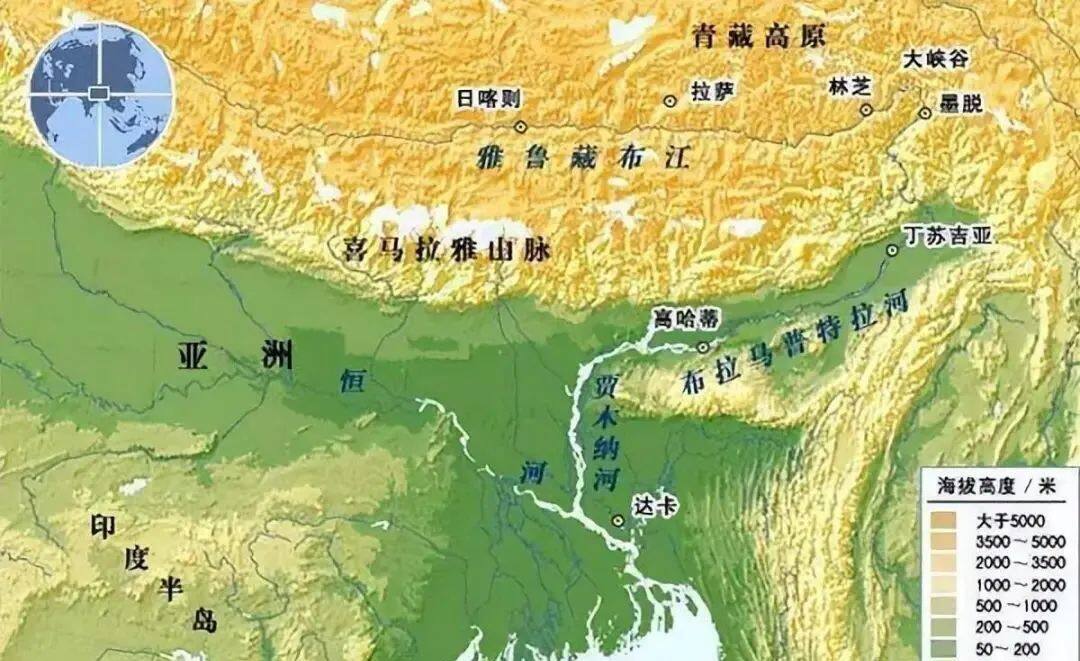
The downstream section from Pai Town to the vicinity of Paxika is 496 kilometers long and has a catchment area of 49,959 square kilometers. From the vicinity of Lilong in Milin County, the river gradually turned to the northeast, passed through Pai Township and then turned to the northeast to join Palong Zangbo, then suddenly turned south and entered the continuous alpine valley section, and then flowed into India through Pasika. On both sides of the top of the big bend, there are the 7294-meter-high Jiala Bailei Peak and the 7782-meter Nanga Bawa Peak. From Namjagbarwa Peak to Baxika Village in Medog County in the south, the Yarlung Zangbo River has a vertical height difference of 7667 meters at an altitude of 115 meters, which can be called the deepest canyon section in the world. The vertical zone is formed from the glaciers and permafrost on the summits to the tropics in the valleys. Big Bend Canyon has always been famous for its majestic steepness and strange turning point.

The annual precipitation of the Yarlung Zangbo River in China is 949.4 mm. The upper reaches of the river are mainly supplied by snowmelt, while the middle and lower reaches have more rain, especially in the lower reaches, which are located in the water vapor transport channel of the warm and humid air flow in the Indian Ocean, with a large amount of precipitation. The average annual precipitation at Dailin Station in Medog County is 5,317 millimeters, and at Basika Station, 4,496 millimeters. The actual measurement in 1954 was 7,591 millimeters, which is the area with the largest precipitation in mainland China. The average annual runoff in China has reached 165.4 billion cubic meters. There is a large amount of water, a large and concentrated drop, and rich water resources, with a developable capacity of 47.37 million kilowatts. The hydropower reserve per unit area of the Yarlung Zangbo River is 460 kilowatts per kilometer, which is three times that of the Yangtze River. In terms of hydropower development alone, the Yarlung Zangbo River's conditions in this regard are second to none in the world. And if a hydropower station is built at the big bend of the Yarlung Zangbo River, water conservancy experts believe that its installed capacity can be as high as nearly 70 million kilowatts, which is equivalent to three times the installed capacity of the Three Gorges.
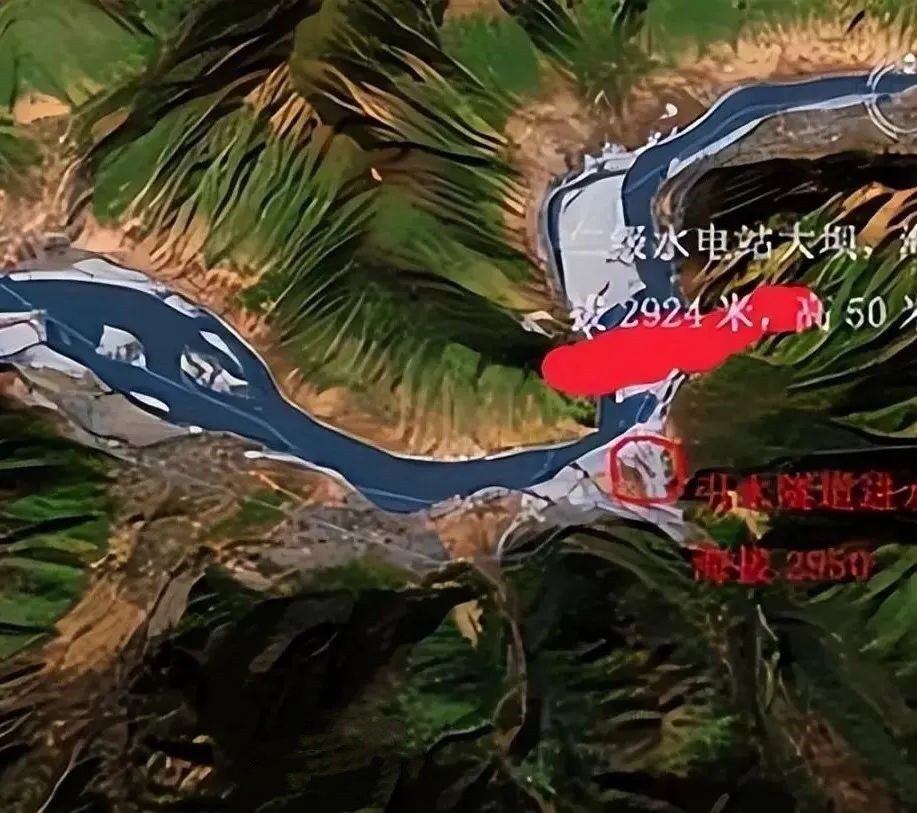
In the Great Bend Canyon in the lower reaches of the Yarlung Zangbo River, the river bed has dropped by 2,200 meters in the 220-kilometer section from Pai Town to the Xirang River in Medog County, with an average drop of more than 10 meters per kilometer. The rushing river flows in the winding canyon, which not only contains abundant water resources, but also the landform formation of this big bend canyon provides invaluable conditions for the development and utilization of rich water resources. Preliminary calculations show that the hydropower resources in the Great Bend Canyon account for more than 2/3 of the entire Yarlung Zangbo River's hydropower resources, and its hydropower reserves per unit area are rare among similar large rivers in the world.
On a hillside near the viewing platform at the entrance of the Grand Canyon, there is a stone tablet that reads "The Yarlung Zangbo River Motuo Water Conservancy Junction Dam Site", and the signature below is the Planning and Design Institute of the Yangtze River Water Conservancy Commission. Established in August 2006. Not far away, there is another stone tablet on the side of the road that reads "The Yarlung Zangbo River Motuo Water Control Project Dam Site" and the entrance of the water diversion tunnel.
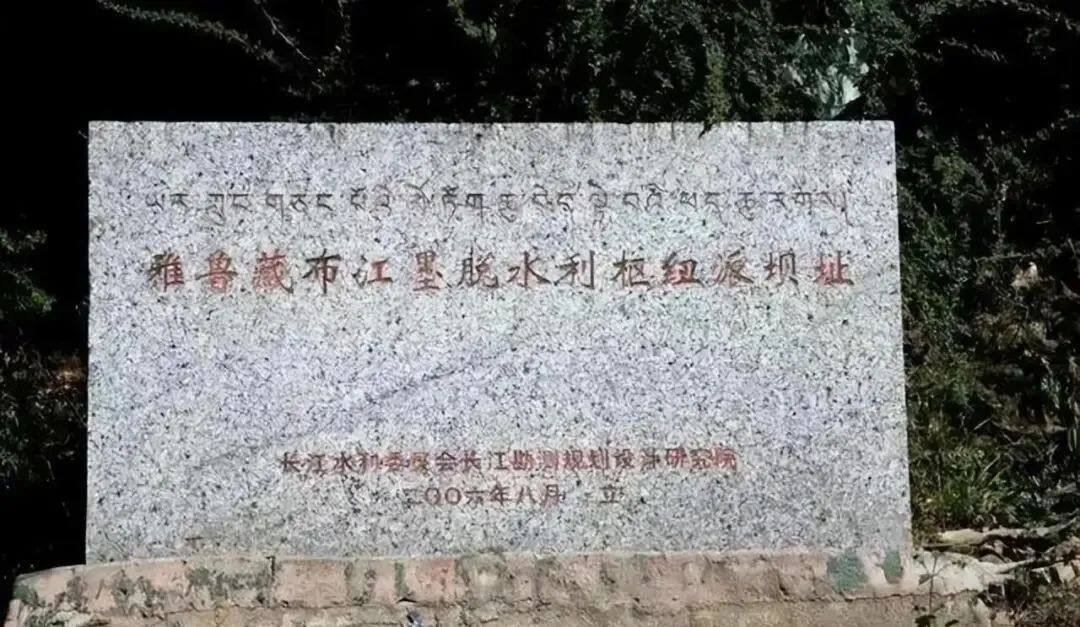
The Yarlung Zangbo River forms a huge horseshoe-shaped bend in the section of about 212 kilometers from Pai Town to Medog. On both sides of the valley, there are Namjagbarwa Peak and Jiala Bailei Peak with an altitude of more than 7,000 meters facing each other, forming an alpine valley. If 4-6 diversion tunnels with a length of about 20 kilometers from Pai Town to Medog are dug and passed through the Namjagbarwa Mountains, 50% of the flow of the Yarlung Zangbo River will be diverted to about 2,000 cubic meters per second, and the river will reach more than 2,000 meters. If the water head drop is small, a giant hydropower station with an installed capacity of 40 million kilowatts can be built, and an annual power generation of more than 300 billion kWh can be obtained.
The plan adopts a 50-meter-low dam, limited to not submerging Nyingchi Airport and Bayi Town, using low-head generator sets, and setting up multiple cascade power stations in the uninhabited canyon section of the Medog exit. This scheme can minimize the impact of reservoir inundation, there are basically no personnel, and the relocation of villages will have little impact on the downstream ecological environment and India, and it is already feasible in terms of current construction technology. To sum up, the major hydropower development project in the lower reaches of the Yarlung Zangbo River in the 14th Five-Year Construction Goal is likely to be located at the big bend of the Yarlung Zangbo River, which is the long-rumored Medog Super Hydropower Station in China.
Difficulties faced in the construction of Yarlung Zangbo super hydropower station
First of all, the construction of the Brahmaputra Super Hydropower Station is extremely difficult. The hydropower station is located at the junction of the plates, with frequent geological activities, and has the most complex geological environment for hydropower stations in the world. In history, there have been earthquakes of magnitude 8, and daily small landslides, mudslides, and earthquakes are commonplace. Moreover, the Brahmaputra Grand Canyon has a vast area, and the submerged area of the super hydropower station is huge. Any geological disaster may threaten the safety of the dam. China is still conducting research and comparison on the construction plan of this hydropower station, hoping to find a plan with the least construction difficulty and the least cost, because the scale of this hydropower station is too large and the technical difficulty is too high. The geological conditions of the Qinghai-Tibet Plateau The environment is very different from the plains. The construction of hydropower stations on the Qinghai-Tibet Plateau also faces many problems that do not occur in plain areas. It is necessary to study these problems in advance and come up with suitable solutions before starting the construction of the entire hydropower station.
Second, the Brahmaputra Super Hydropower Station has a huge investment. Although the hydropower station construction plan is still being discussed, it is likely that the sub-station design will be adopted for the Great Inga Hydropower Station on the Congo River in Africa. If this is the case, the cost of the Medog Hydropower Station project will be very high. The Zangmu Hydropower Station, which was started in 2010 and is located in the middle and lower reaches of the main stream of the Yarlung Zangbo River, has a total installed capacity of only 510,000 kilowatts and a total investment of 9.6 billion yuan. The cost of the first phase of the dehydration power station project will exceed 500 billion yuan, and the investment in the entire project may exceed 1 trillion yuan. So even if China now has a strong comprehensive national strength, it is not easy to decide to invest in such a huge hydropower project. Therefore, if China really wants to build this hydropower station, it needs sufficient planning and demonstration and raising funds to start the project.
The Dayinga Power Station has a very high investment, so the project will be developed in seven phases, and a total of six new hydropower stations will be built. The construction cost is expected to be at least 80 billion US dollars.
Furthermore, the ecology of the Yarlung Zangbo River is relatively fragile, and the construction of hydropower stations must fully consider the ecological impact. The Zangmu Hydropower Station built in 2010 has a relatively small impact on the ecology due to its small scale and its location in a sparsely populated area. However, if the Brahmaputra Medog Super Hydropower Station is of such a large scale, the emergence of the hydropower station may affect the fragile local ecology system.
Yang Yong, a scholar who has conducted many investigations and rafting on the Yarlung Zangbo River, said that although the Zangmu Hydropower Station has a small storage capacity, it will still have a certain impact on the Jiacha Canyon and the ecology of the downstream after the water is stored. The section from Jiacha to Milin belongs to a dry and hot valley, the land is desertified, and there are many sandbars in Nyingchi.
Every autumn and winter, sand and dust desertification will occur in these areas. After the construction of hydropower stations, hydrological changes will inevitably have a further impact on desertification. Although the valleys in the middle and lower reaches of the Yarlung Zangbo are rich in water resources, attention should be paid to the development and utilization. The geological structure here is complex, the drop is large, and it is easy to cause natural disasters such as landslides and mudslides. The ecological environment is very fragile and needs to be used when using Pay attention.
In addition, the Yarlung Zangbo River is an important international river, and the construction of hydropower stations will also attract opposition from neighbors. Since the Yarlung Zangbo River flows through China, India, and Bangladesh, the construction of this power station has also attracted the attention of the other two countries. This great river is called the Brahmaputra when it enters India, and the Jamuna when it enters Bangladesh. It flows into the Bay of Bengal after meeting the Ganges in Bangladesh.
This is an important shipping and irrigation river for India and Bangladesh. Therefore, our construction of hydropower stations on the Yarlung Zangbo River in the upper reaches will inevitably arouse their dissatisfaction, especially in India. .
However, while India is worried about China's construction of power stations on the Yarlung Zangbo River, it is also intercepting Bangladesh's water sources. At the beginning of the 21st century, India launched the Taipei-South Water Diversion Project and the Inland River Networking Project one after another. Its north-south water diversion project unilaterally included 54 international rivers flowing through Bangladesh into the inland river network plan, intercepting a large number of water sources.
Although the construction of the Brahmaputra Super Hydropower Station faces various difficulties and controversies, its total power generation capacity is equivalent to three times that of the Three Gorges. Once completed, it will provide China with a huge supply of clean energy.
Especially now China's electricity mainly relies on unclean coal power, and coal mine resources, which account for 70% of the energy market, are facing depletion! So like the Three Gorges Hydropower Station, it was built despite many controversies, and it benefited the whole of China. In the construction of the Three Gorges Hydropower Station on the Yangtze River, due to dozens of majors such as hydraulic engineering, water energy, geology, sediment, ecology, environment, flood control, shipping, immigration, national defense, etc., after years of repeated demonstrations, a scientific and reasonable comprehensive planning plan was obtained. , building successfully. Of course, to build the Brahmaputra super hydropower station, considering that in order to avoid mistakes in decision-making, it is necessary for experts from different disciplines to work together, conduct comprehensive investigations and demonstrations, obtain a scientific and reasonable final development plan that conforms to the scientific concept of development, and take the road of innovation and scientific construction. Editor/He Yuting
Comment
 Praise
Praise
 Collect
Collect
 Comment
Comment
 Search
Search


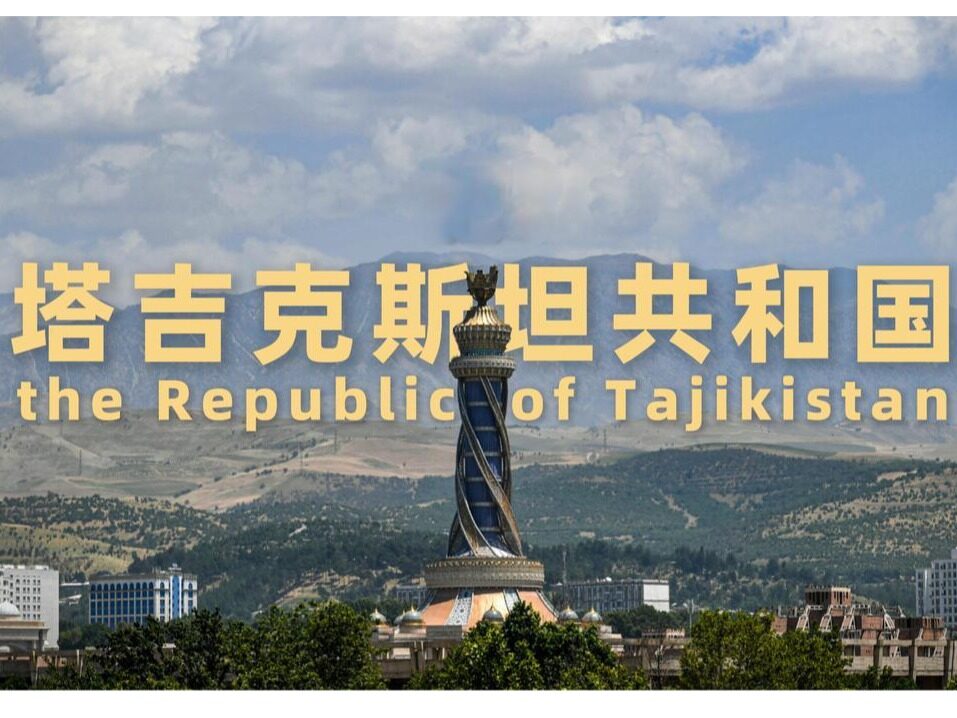


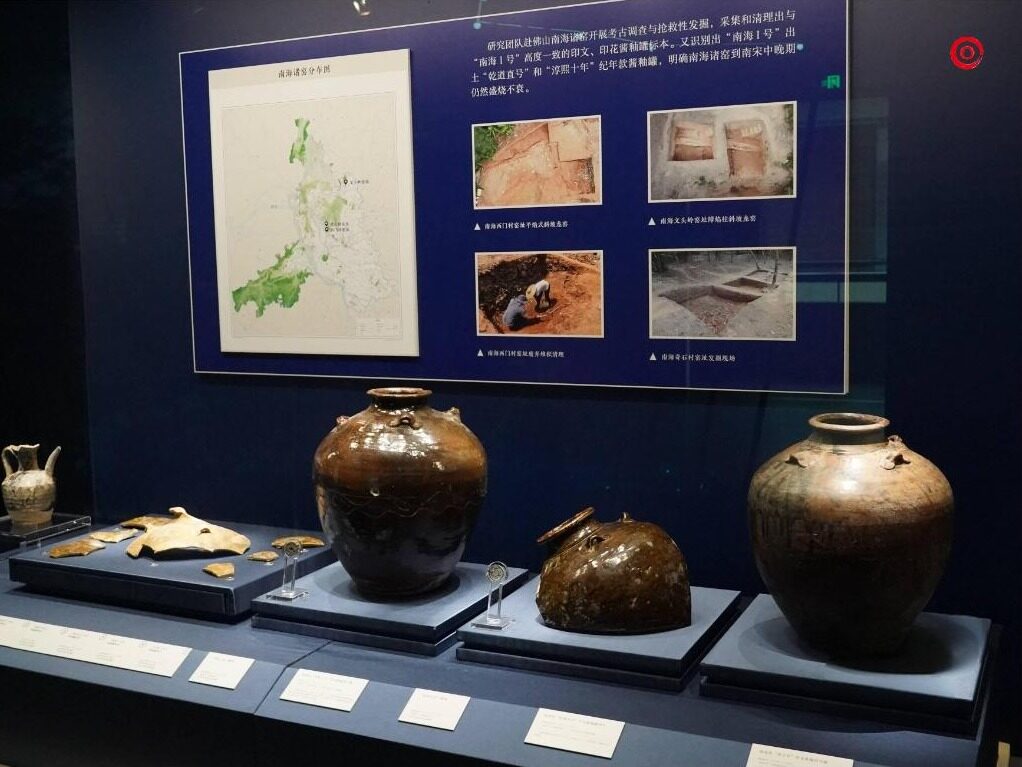
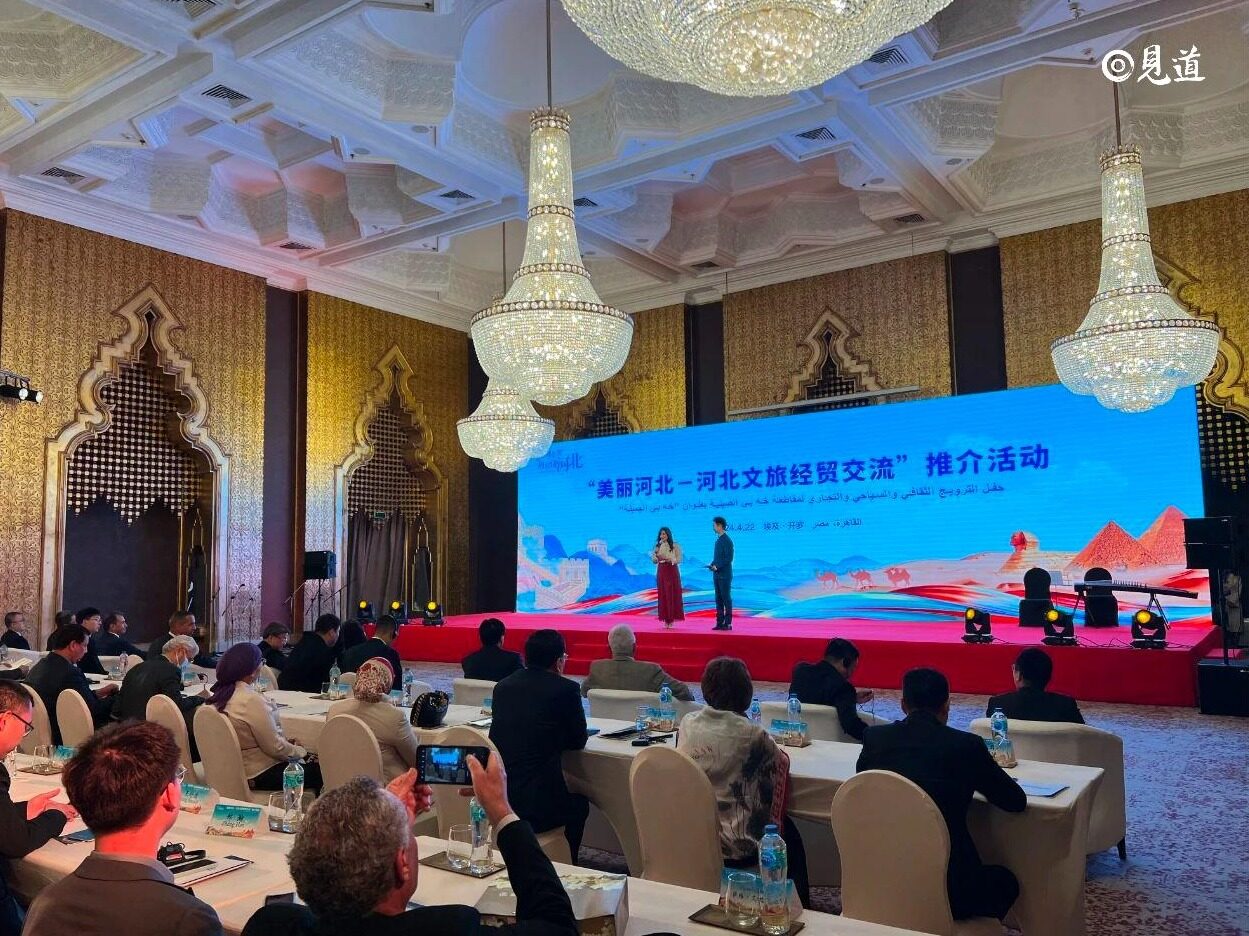







Write something~